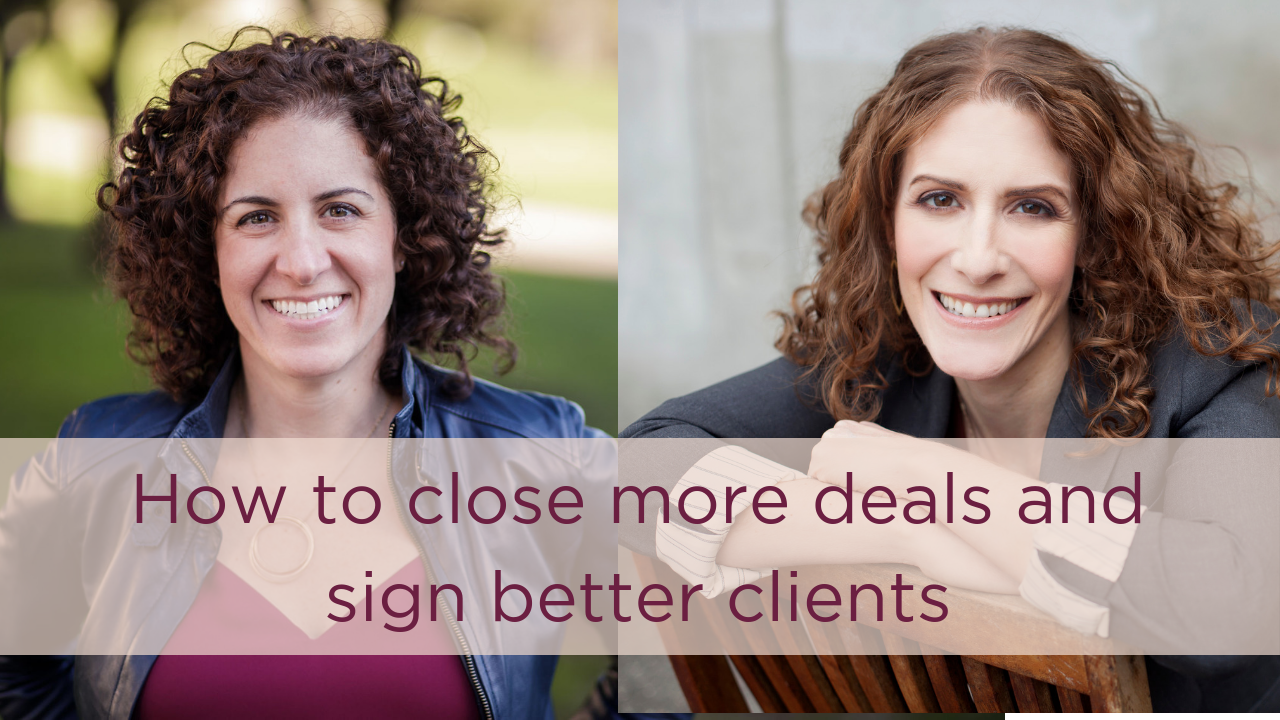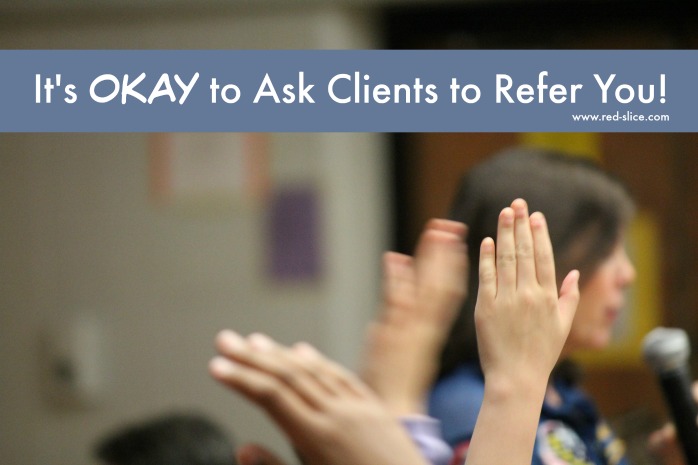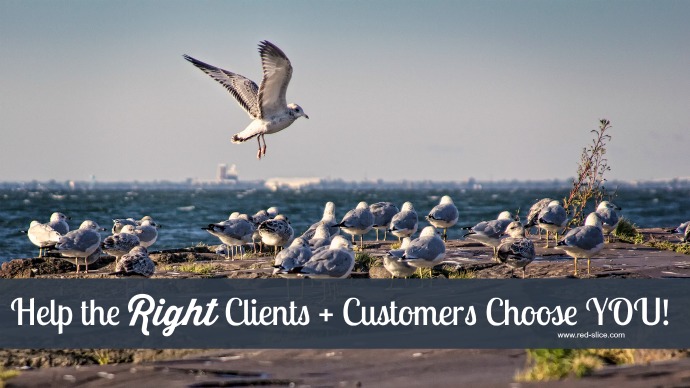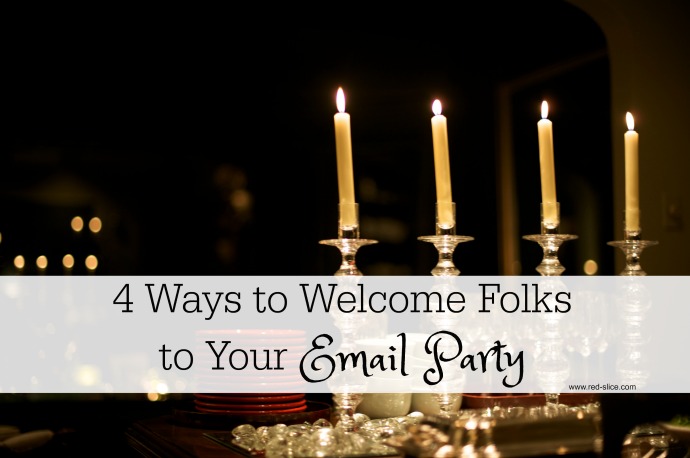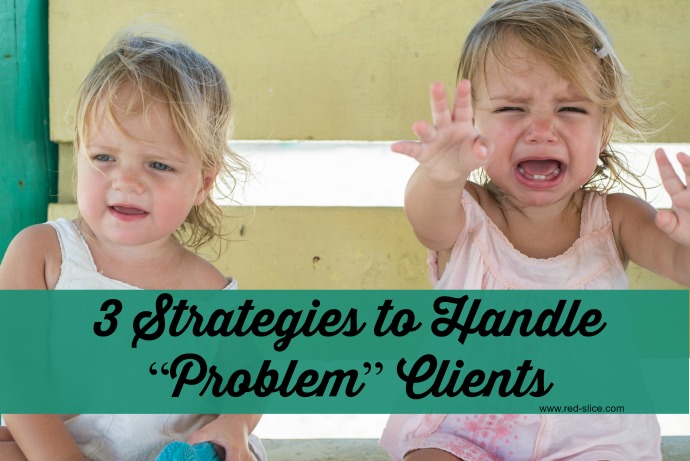If you’re a coach, consultant or service provider of any kind, you may falsely believe that you have to accept a life of feast or famine. I mean, you never know when or if your next client will land on your doorstep, right? How can you possibly PLAN to reach your revenue number each quarter?
Easy. Create a sales process and build a sales pipeline for a consistent flow of new clients who pay you what you’re worth.
But….how?
Today I’m interviewing sales coach Leah Neaderthal. Leah is the founder of Smart Gets Paid and a business coach for women (but guys, you’ll want to tune in, too, if you want to close more deals). I adore her so much, I can’t sand it.
Her signature course, SIGNED, teaches you how to build a repeatable sales process, get paid what they’re worth, negotiate better and close more deals (I’ve taken the course and it’s been a game-changer…more on how you can get a special discount below!)
Grab a pen and take notes. Seriously. That is, if you want to book more clients at higher rates. If you don’t, you can go binge watch Game of Thrones.
But…if you want to build a healthy sales pipeline so you can stop worrying about revenue, have better sales conversations, and book more of the right clients (so you make more money. not do more work), please click below to watch the interview!
Highlights include:
* What holds people back in business, especially women (2:26)
* 2 reasons why talented, smart people struggle with making sales (6:22)
* Top myths holding you back from closing more deals and getting paid more (9:36)
* What is a sales process and why do you absolutely need one (12:30)
* Why you must “lead the client” because they don’t know how to buy from you (13:30)
* What she says to those who say they don’t “need” a sales process – so good! (15:55)
* How to manage your sales pipeline and why you need “pipeline coverage” (17:34)
* No active deals currently in your pipeline? Here’s where to start! (20:04)
* How to get paid what you’re worth and protect your price in the sales process (26:41)
* How value-based pricing creates a better client relationship (29:10)
* How to protect your price during tense negotiations (31:40)
* The single best antidote to protecting your price (36:36)
* The 2 crucial tools you need to effectively manage your sales process (38:05)
Don’t fear sales. Not everyone is born being good at it, but it can be learned. As Leah says so well,
“If your work creates value and people can benefit from it, it’s your responsibility to share it” (TWEET THIS!)
Learn more about Leah on her website, or connect with her on LinkedIn
PS: Want to learn more about SIGNED to close more deals with better clients?
Just contact me, and I’ll introduce you two. Leah doesn’t accept everyone into the course, so jump on a call with her to discuss your goals and see if it’s the right fit for you.
#SoWorthIt
After taking SIGNED, I used Leah’s techniques and templates to craft a strong proposal and boldly DOUBLE my engagement price by adding more value without adding more work. The client agreed without blinking an eye. Scouts honor. – Me!


